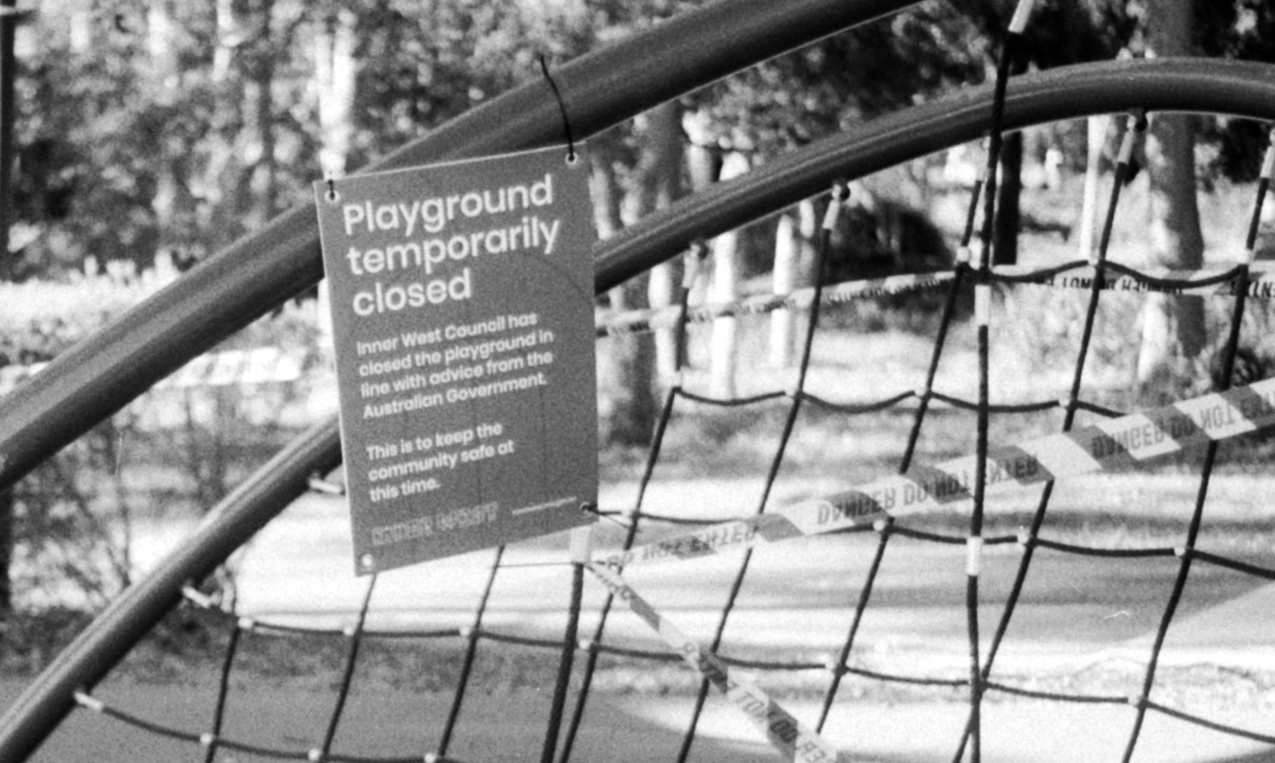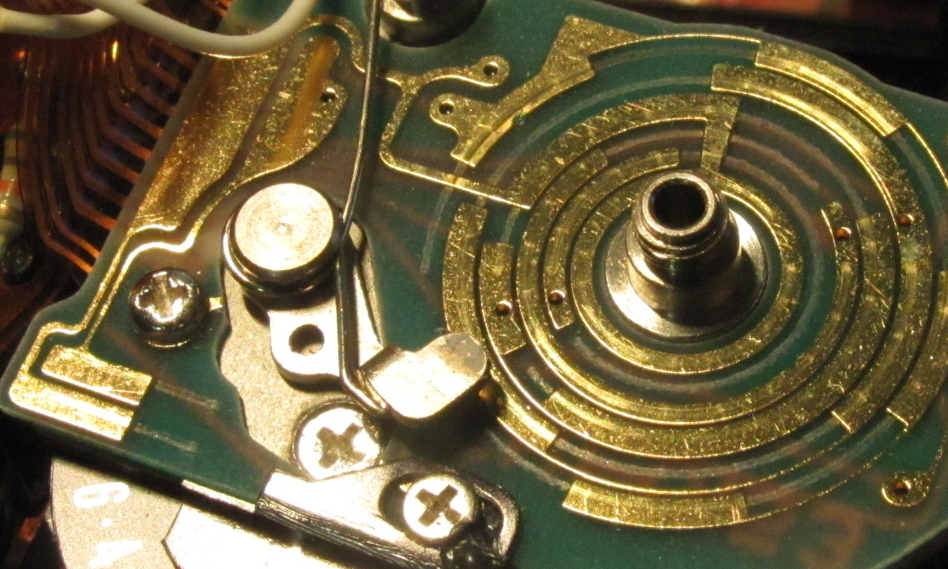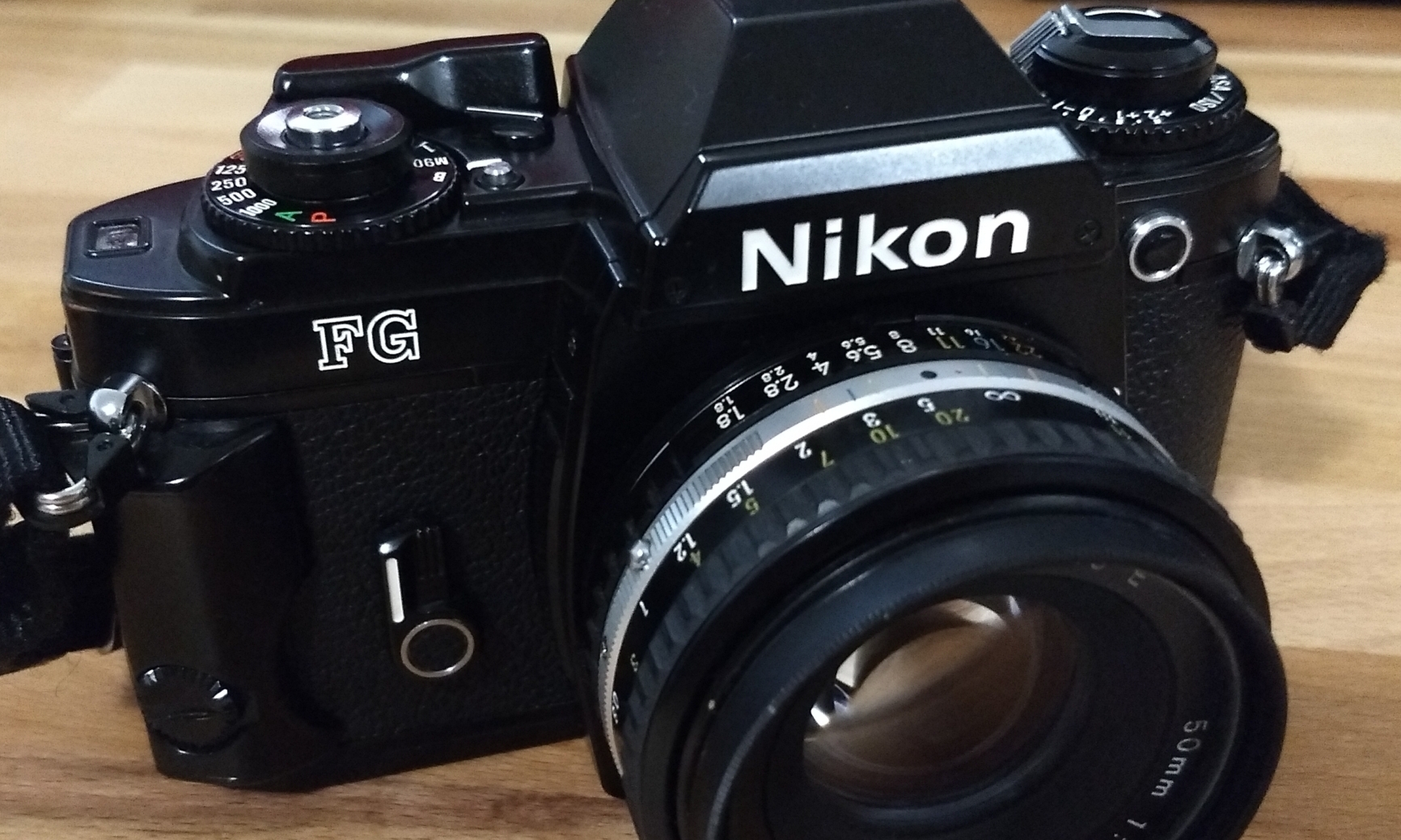Adventures with Cameras
-
It’s been a bit of a weird time, hasn’t it? This might be as good a time as any for me to reflect back on the last three years (how has it been that long?) of life being nothing like we expected. At the start of 2020, Australia was about half way through one of […]
-
Astute readers may notice that Light Matters has relocated! The new address moves it away from being a subdomain of another of my sites which is completely unrelated to photography. The new address is also completely unrelated to photography, but is related to me, so that’s close enough. Hopefully, I’ll get back to writing and […]
-
My Canon A-1 (which I fixed the wheeze on here but please don’t use that method because it’s a bad hack that could cause more harm than good) was doing something weird. Every so often, when taking a photo indoors in aperture priority mode (Av), I would notice that the camera’s settings would jump to […]
-
While I was working on the light meter for the Nikon FG, I thought of a ‘fix’ that I’d read about for another issue – making the light meter active as soon as the film door is closed. The FG, by default, will only activate its light meter after the film counter is on 1. […]
-
When I acquired an old family friend’s photographic enlargers a couple of years ago, they threw in a bag of other gear. In the bag was a Nikon F4 (still haven’t got it working – one day!) and a couple of lenses: a Series E 100mm and a Nikkor-H 85mm f/1.8. Too much fine glass […]
-
I posted these instructions over on Photrio, but thought I’d post them here as well. In my last post, I replaced a dud capacitor on a Minolta X-9 that I was given by a friend. The Minolta X-9, otherwise known as the X-300s I believe, is similar to the X-300 and other X-series cameras, but […]
-
Last year I bought three enlargers from a family friend, who also threw in a bag of other camera stuff. This included a Nikon F4 and a Minolta X-9, neither of which worked properly. The F4 is my dream fix, but it’s a complicated beast. The X-9 (also called/very similar to the X-300S or X-370N) […]
-
A couple of months ago, just before the birth of my son, I fixed the film advance on my Minolta XE-5. The lever had not been completing its action properly, and when it got to the end of its rotation there would still be some film winding left to do, so it would just return […]
-
Restoring a camera is a twofold operation. You can restore a camera’s function, get it taking photos reliably, make it work the way it should (or as close as possible to how it should). But you can also restore a camera’s appearance, make it look the way it should. On some level, I’m less concerned […]
-
Judging by the bulk of my recent camera acquisitions, I have a thing for trying to restore and recover the unloved. This started a while ago, I believe, with my Dad’s old Voigtländer Vito CD. It is clearly broken, and its shutter is gummed up to the point it doesn’t open willingly. I have a […]
-
I wrote earlier about my astrophotography attempts with the Olympus OM-D E-M5 Mark II. Over the Christmas holidays, I had a couple of chances to use the SkyWatcher Star Adventurer. However, they were very short chances. It turns out that polar alignment in the southern hemisphere is rather difficult, even with a polar scope. It […]
-
There’s a well-known issue with Canon A series cameras where the mirror damper mechanism’s lubrication dries out and the mechanism becomes slow and noisy. The noise sounds to me like a wheeze, but other people call it a squawk or a squeal or a screech. The human ability to be flexible with onomatopoeic terminology is […]
-
A little while ago, I wrote about fixing the zoom ring on the Tokina SD 28-70mm lens that I got with a parts camera. Fixing the focus ring took a little more effort, and it needed to be done during the day so I could test infinity focus with a distant object, but it followed […]
-
Compromise can be a good thing. A couple of years ago, I got interested in astrophotography through looking at NASA’s Astronomy Picture Of the Day, and then I took a photo of a conjunction of Venus and Jupiter on a Canon PowerShot SX120IS digital point-and-shoot that happened to capture two Galilean moons. Basic, but I […]
About
Welcome to Light Matters, a blog about cameras and photography.
I am Iain Hart, an amateur photographer based in Sydney. I enjoy using cameras, collecting cameras, repairing cameras, and everything about these marvels of artistic and mechanical engineering.
This blog is about fixing the cameras that join my collection, and also about my journey through life as a photographer.
Thanks for reading! And while you’re here, take a look though the Gallery to see some of my photos. You can even buy a print if you see something you like or you want to support my camera habit.
Subscribe
Enter your email address to subscribe to this blog and receive notifications of new posts by email.
Categories
Tags
35mm astrophotography bushfire camera repair Canon Canon A-1 Canon FT QL capacitor clean digital DSS electronics FD mount film camera F mount focus general photography hack indoor lens lens repair light meter light seals lubrication Minolta Minolta X-9 mirror damper nifty fifty Nikon Nikon FG Olympus Olympus OM-D E-M5 Mark II outdoor pandemic photography plastic rangefinder SLR soldering squeal Tokina Vito Voigtländer Vito CLR wheeze zoom lens





